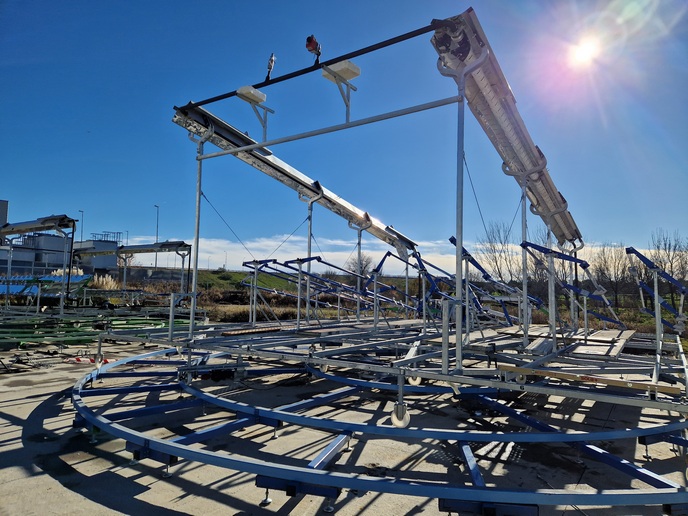New low energy heating system
The EU-funded EINSTEIN (Effective integration of seasonal thermal energy storage systems in existing buildings) project has developed evaluated and demonstrated a low energy heating installation based on seasonal thermal energy storage (STES). The system used solar collectors combined with a heat pump and an isolated water tank to store the heat obtained by STES in summer to be used in winter. This approach can reduce energy consumption by up to 70 % compared to conventional thermal systems. Research included the development of a new heat pump capable of operating at higher temperatures and suitable for integration into STES systems. Although heat pump technology is well known STES systems are not yet a mature technology and the integration between these two systems had not been previously optimized. In addition, an appropriate heat pump and a suitable evaluation tool did not exist until it was created by the EINSTEIN project. Hence, a software evaluation tool for selecting the most cost-effective retrofitting of a building was developed together with a decision support tool for selection, preliminary design and evaluation of STES systems in existing buildings. Design guidelines were drawn up for future owners and users of STES systems. In addition, researchers created training materials and a lessons learned document that summarized the experience gained by the consortium. Project partners also built and monitored two pilot plants. The first was in Bilbao, Spain at the building level and the second was in Warsaw, Poland at the district level. The concepts developed by EINSTEIN were based on the highly innovative adaptation of existing technology. It will enable the development of nearly zero energy buildings in the near future thereby fulfilling one of the main objectives of the EU’s Energy Performance of Buildings Directive (EPBD). According to the results obtained from the STES installations economic and financial feasibility study, this technology would be profitable for locations situated in the South of Europe, as Madrid. With current prices for natural gas and electricity in this city and, without the need of subsidies, assuming that the selling price of heat coming from the STES installation is the same as it is paid at present for customers (that use natural gas boilers), a STES installation with a total annual heat demand of 10,000 MWh (1,000 dwellings) would offer an IRR of 10% and a payback time of the investment (EURO 6 million) of ten years.
Keywords
Space heating, domestic hot water, solar energy, EINSTEIN, seasonal thermal energy storage, heat pump







